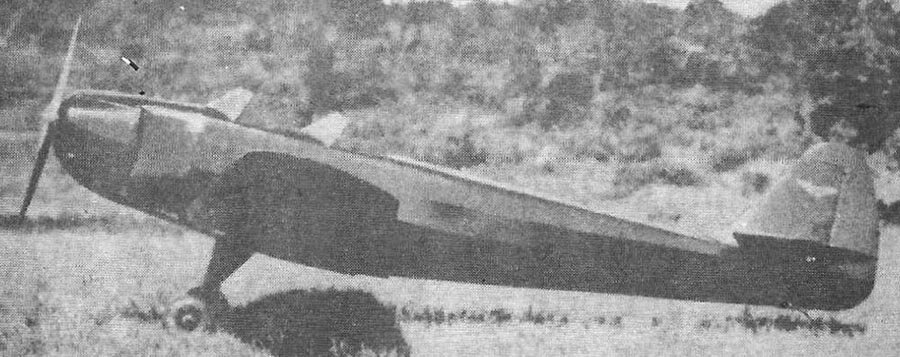I came across a website on FFAF ace Pierre Clostermann run by his son, Pierre-Alain Clostermann. In this site, it is claimed that a young Pierre Clostermann designed and flew the 1940 prototype aircraft which led to the CNNA HL-6 series. And I'm not quite sure what to make of this ...
Un avion construit à 18 ans: Le HL2:
https://pierre.clostermann.org/hl2-un-avion-a-18-ans/
Its an odd story but, first, a bit of background. Pierre Clostermann was born in Brazil where his father, Jacques, was a banker who also acted as a French diplomat in Rio. An air-minded youth, while still at school, Pierre trained as a pilot and wrote articles on aviation for the Rio newspaper, the
Correio da Manhã.
In 1939, Pierre tried unsuccessfully to join the Armée de l'Air. He then accepted a scholarship to study aeronautical engineering at the Ryan School of Aeronautics in San Diego. In 1939, Clostermann was invited to submit a design to CNNA by its founder, industrialist Henrique Lage. According to this pierre-clostermann-org. website, that design was the original HL-2 (as opposed to the unbuilt Beech 18 clone we know).
Returning to Brazil during school holidays, Pierre Clostermann oversaw the completion of his prototype. The aircraft had an engine paid for by the director of the
Correio da Manhã, Paulo de Bettencourt (in exchange for 'Correio da Manhã' being painted on the fuselage). The prototype was completed and then test-flown by Clostermann before he had to return to schoold in the US in May 1940. Shortly thereafter, the Clostermann designed prototype was written off in a crash.
So, what are we to make of these claims?
Pierre Clostermann didn't come off as the sort to 'grow his part'. But the article asserts that René Vandeale dusted off Clostermann's drawings in order to create his HL-6 series. Was this some postwar confusion over a student aeronautical engineer assisting a more experienced designer? And, in recounting his part at CNNA to relatives, did Clostermann confuse the HL-2 and HL-3 designations?
The HL-6 claim seems far fetched - there is little but a similarity of general lay-out. However, the photos published by Pierre-Alain Clostermann look all the world like an HL-3 with an HO6 engine in a longer cowling. The artwork shows a more modern tailwheel than the type on the HL-3 (although that tailwheel isn't actually visible in the long grass in either photo, so it may be artist's license). I'm a bit at sea here ... anyone have any hard facts on this?




